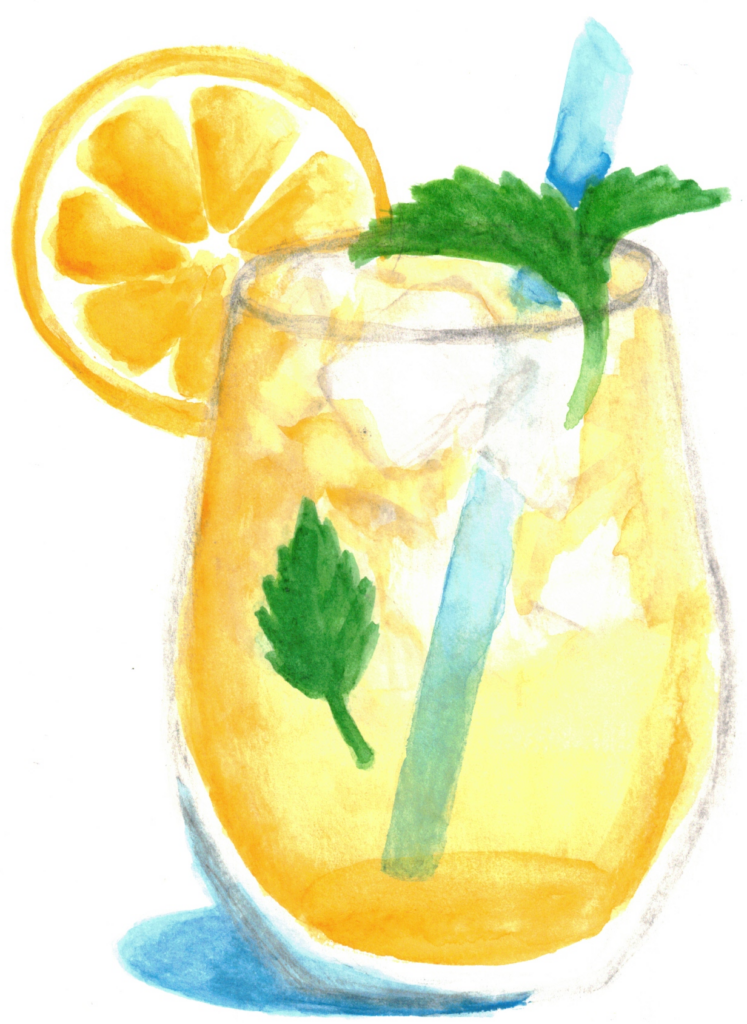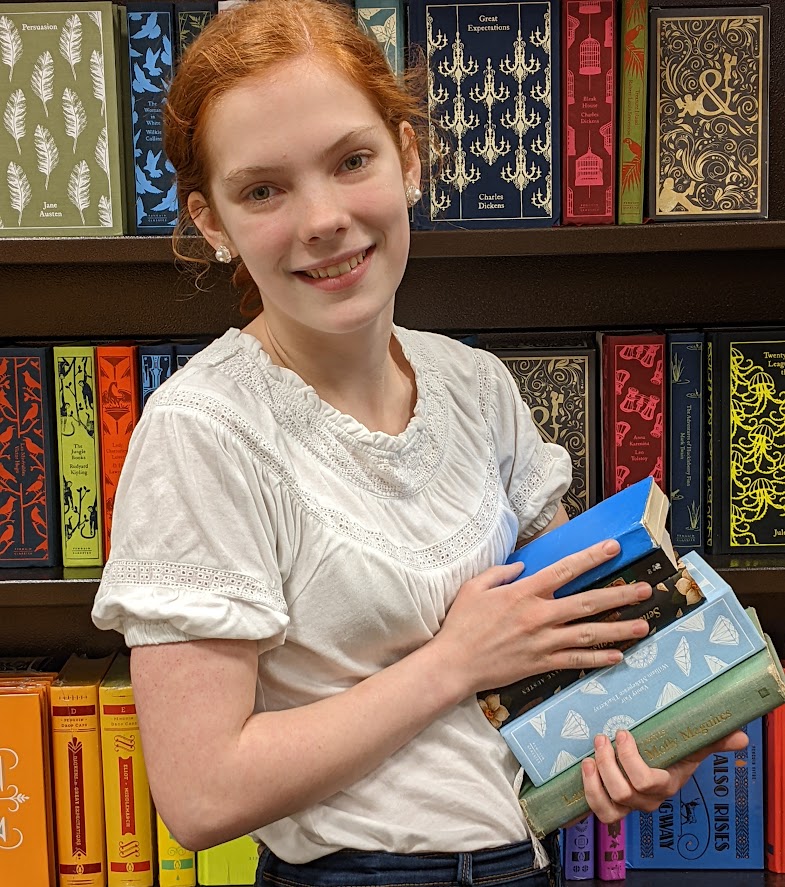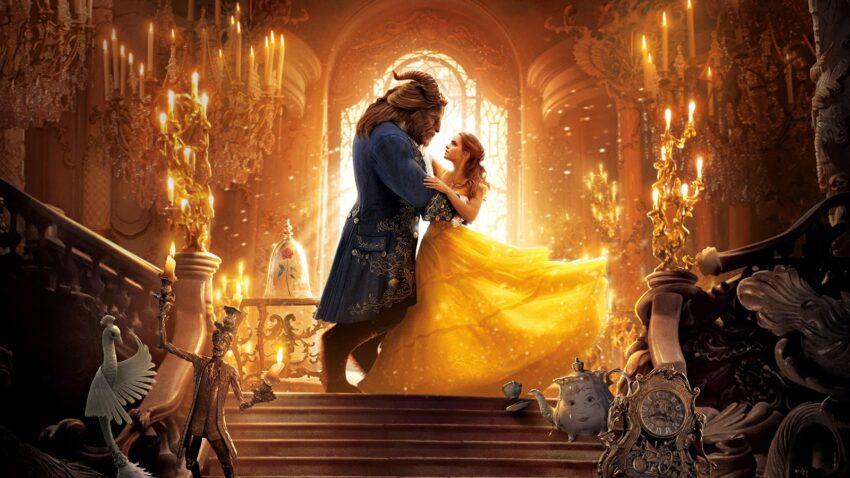Earlier this month we looked at circular storytelling, and how it elevates simple stories far above their predictable plots to create memorable tales that stick with readers and viewers. Disney utilized this technique especially throughout the Disney Renaissance, a series of highly successful animated movies that quickly became well-loved classics. From The Little Mermaid to The Lion King to Beauty and the Beast, throughout the late 80’s and into the early 2000’s, Disney created some of their most iconic movies. Part of the reason these movies became so popular is because of their expertly crafted circular story structure.
Most of these movies have been remade in recent years. While some of these remakes have been praised for being faithful tributes to the classic Disney successes, others have been called flat and tiring, or criticized for straying too far from the source material. Even movies that stayed relatively faithful to the source material have unwittingly blundered the artistry and beauty of the simple stories from this era within Disney.
I would argue that one of these movies is Disney’s live-action reimagining of Beauty and the Beast. While it kept many of the original plot beats, themes, and character choices of the original animated film, it disrupted several moments in ways that ended up hurting the story, rather than enhancing it.
And the reason lies behind the beauty within circular storytelling.
Beauty And the Beast (Original)
The original Beauty and the Beast is perhaps the very best example of circular storytelling found within the Disney Renaissance. It is even more predictable, perhaps, than the other films within this era. Just from its title you can tell that it will likely be a romance that explores the value of character, rather than the deception of appearances. If you know anything at all about the premise or the plot, you already know that just because Belle (the Beauty) is the Beast’s prisoner does not mean that they don’t end up together. From the moment the two appear on screen, you know that Belle was meant to end up in love with the Beast, despite his horrible appearance.
Yet somehow, this story manages to hold audiences captive, even as it is retold again and again within books, through musical theater, and in multiple live-action reiterations. This is because, while Beauty and the Beast is perhaps the most predictable of Disney’s films, it is also the most faithful to the structure of circular storytelling.
So let’s break down the structure of Beauty and the Beast within a circular storytelling chart and see how the events line up.
| First Half | Last Half |
| Beginning: A spell is cast, transforming a young boy into a Beast. Belle loves books, despite the townspeople’s confusion, sung in “Belle.” Maurice’s invention should help them. Gaston’s proposal to Belle is rejected. Belle decides to rescue Maurice. Belle promises to stay with the Beast. Belle rejects the Beast’s dinner invitation. Enchanted objects sing of their hope in “Be Our Guest.” The Beast’s fatal flaw (anger) threatens everything: his relationship with Belle, the object’s hope, and the possibility of breaking the curse. Middle | End: The spell is broken, transforming the Beast into a man. Belle loves the Beast, despite the townspeople’s hatred, sung in “Mob Song.” Maurice’s invention does help them. Gaston’s proposal is accepted by the town. Belle decides to rescue Maurice. The Beast releases Belle’s promise. The Beast accepts Belle’s dinner invitation. Enchanted objects sing of their hope in “Human Again.” The Beast’s fatal flaw (anger) redemes his relationship with Belle, the object’s hope, and the possibility of breaking the curse when he uses it to defend Belle from the wolves. Middle |
Do you see how well these events line up? Even musical numbers serve as reflections of each other, such as “Be Our Guest” and “Human Again” or “Belle” and “Mob Song.” This kind of exact reflection is unmatched almost across all storytelling. Every song, every element, every theme is reflected throughout the story.
The two halves also contrast each other. Everything changes at the midpoint, when the Beast’s destructive anger reaches its apex and nearly ruins everything he, the enchanted objects, and the viewer have been hoping for from the very beginning of the movie. And after that moment, for the very first time, the Beast uses his anger in a positive way, defending Belle and saving her life.
Suddenly, all the elements are shown in a different light. The objects’ hope isn’t just a far-off dream, but a tangible prospect on the precipice of becoming reality. Dinner isn’t a threat, but a romantic opportunity to grow close to each other. Belle’s promise becomes an expression of love, rather than one of fear and desperation, and when it is released, she still loves the Beast. Gaston’s proposal becomes radical and violent, whereas the intentions of his previous proposal were hidden under the appearance of romantic love. And while his proposal was previously rejected, it is now wholeheartedly accepted by the townspeople.
And of course when the spell is finally broken, it only happens at the full culmination of the themes and lessons that the Beast failed to grasp when the spell was originally cast.
Everything hinges on the midpoint, when the Beast’s anger is shown in two very different lights. The following scene summarizes the changes that have happened in the last few minutes with a conversation between Belle and the Beast.
In this scene, Belle tends to the wounds the Beast earned defending her, and the two characters are completely (and brutally) honest with each other for the very first time. The Beast blames Belle for his wounds, saying that if she hadn’t run away, he wouldn’t be hurt. Belle blames the Beast for all of it, saying if he hadn’t reacted badly, none of this would have happened.
Letting them air out their grievances is crucial to beginning a friendship. For the first time, someone has called out the Beast’s temper to his face, and it makes him reconsider his actions, as well as his effect on the people around him. Ultimately, the scene ends on a high note, when Belle thanks the Beast for saving her life. Although it is a lone sign of kindness amid a cluttered mess of selfish and impulsive actions, Belle recognizes that it’s significant. The Beast could have died defending her. Somehow, behind all of his selfishness and his horrible temper, the Beast hides a heart that seeks the good of others.
And this scene is the first time that Belle gets an opportunity to notice it.
Beauty And the Beast (Live Action)
The remake adds several new elements and ideas to the storytelling. The first is that Belle’s father isn’t the only inventor. Belle’s an inventor too. Also, the townsfolk don’t just dislike Belle because she’s odd, but also because she’s a woman who reads.
But one of the most damaging changes involves the scene right after the midpoint.
As opposed to the animated film, the live-action version reduces the scene above into a bicker between Belle and the Beast. The lines are delivered quickly, without the significance they hold on the original. There are no quiet moments between the lines where we get to see how the characters are changing. There’s no new revelations for the Beast because Belle’s condemnation of his temper is mixed up in a jumble of accusations from both sides. And there’s no unexpected gratitude from Belle, demonstrating her new understanding of the Beast. Instead, they argue, and Belle leaves.
This scene shows that, at least in the live-action version, nothing has changed between Belle and the Beast. It holds the same tenor as their argument over Belle attending dinner — spirited, trivial, and hinting at deeper issues that are yet to be directly addressed.
This fractures the two halves, because the thing connecting them is broken. Beast’s gift to Belle lacks the intention and thoughtfulness of the original because we don’t understand exactly why he’s doing it. Belle and the Beast dance, but the scene lacks the charm and beauty of the original because the two characters still haven’t addressed the underlying issues holding back their relationship from becoming a meaningful friendship. The Beast’s anger hasn’t been called out to humble him, and Belle hasn’t recognized the potential for good inside him.
Not to mention, the other elements that the live-action reintroduced are never revisited. Maurice was an inventor not only because it fit with his character, but because his inventions would save them in the climax. Belle being an inventor doesn’t fit because it doesn’t come to fruit in a meaningful way. It’s just… there. And having the villagers dislike Belle because she’s an intelligent woman ruins the theme revisited when the villagers attack the Beast in his castle. It addresses prejudice, rather than the illusion of appearances. Suddenly, the major theme has shifted, and it makes everything else seem off. The exposition narrated through the opening and ending scenes says that the story is about the deception of appearances, but the plot events say that the story is about prejudice and standing up for the misunderstood.
These changes were subtle, but they ended up interfering with the very thing that makes Beauty and the Beast such a beautiful story to begin with: the simplicity of circular storytelling.
If you’re remaking a story, or even rewriting any kind of classic tale, it is crucial to understand what really makes that tale. Why have people revisited it, over and over again? Why is it retold over hundreds of years?
Our job as those who retell tales is not to improve the tales, or to add our own spin, but to make the simple beauty shine through even more clearly. And that can only be done with an understanding of the value, beauty, and intention of the original, as well as creativity to understand how these tales can apply to contemporary conversation.
The creators of the original animated film understood that culture was changing and a simple “damsel in distress saved by her prince” story wouldn’t draw audiences in. It had been done before, and audiences were seeking multi-dimensional characters across storytelling genres. So the writers gave Belle heart, intelligence, and agency in the story. As well as being a memorable protagonist, she’s an active player within the plot, unafraid to risk her life to find her father or stand against a crowd to defend her friends. And of course it was ultimately Belle who made the decision to trade her freedom for her father’s.
But the creators saw the beauty in the original fairytale’s circular structure, and sought to preserve and even enhance that side of it, despite the changes they made throughout the story. Thus, their version of the tale remained true to the original while still appealing to the contemporary conversation. It became a beloved classic, iconic of Disney’s Renaissance and celebrated for its heart, whimsy, and charm.
You don’t have to be afraid that changing fairy tales at all could ruin your retelling. Many brilliant retellings have come from writers who honored the beauty of the original tale while enhancing certain aspects of it for a new audience. Ask yourself what makes these tales as old as time, and retell them in a way that readers will never forget.



Let us know in the comments:
Have you enjoyed the remakes? Have you ever written a fairytale retelling? What about that fairytale drew you in?


Hi! My name is Mara, and I’m a Christian artist, violinist, and blogger. I remember the day that I decided that I would learn something new about what makes a good story from every book I picked up — whether it was good, bad, or a mixture of both. I use this blog as a way of sharing some of the tips and tricks I’ve learned, and highlight which books, cartoons, and movies have taught me the most about writing an awesome story.


I’ve watched the live action remake of Beauty and the Beast, and though I didn’t notice many of the things you’ve highlighted in this article, I did notice that some of the scenes seemed a bit rushed, as if they didn’t offer Belle enough time in between the action parts to change. The film overall gave the impression to me of several beautiful pieces, some joined together but others not quite in alignment. I still enjoyed it but the few inconsistencies definitely undermined its full potential. Thank you for this article; it’s really made me think!
I agree that there were many beautiful moments in this film. It definitely wasn’t all bad, but one of the hard parts about the blog is that we can’t talk about everything in a film — which is definitely tempting sometimes! (Also, this post was already about to break some records as far as length… so I really had to cut as much as I could. 😆)
Honestly, circular storytelling is so interesting to me I could probably write dozens of blog posts on the topic. I’m so glad this was a thought-provoking post for you!